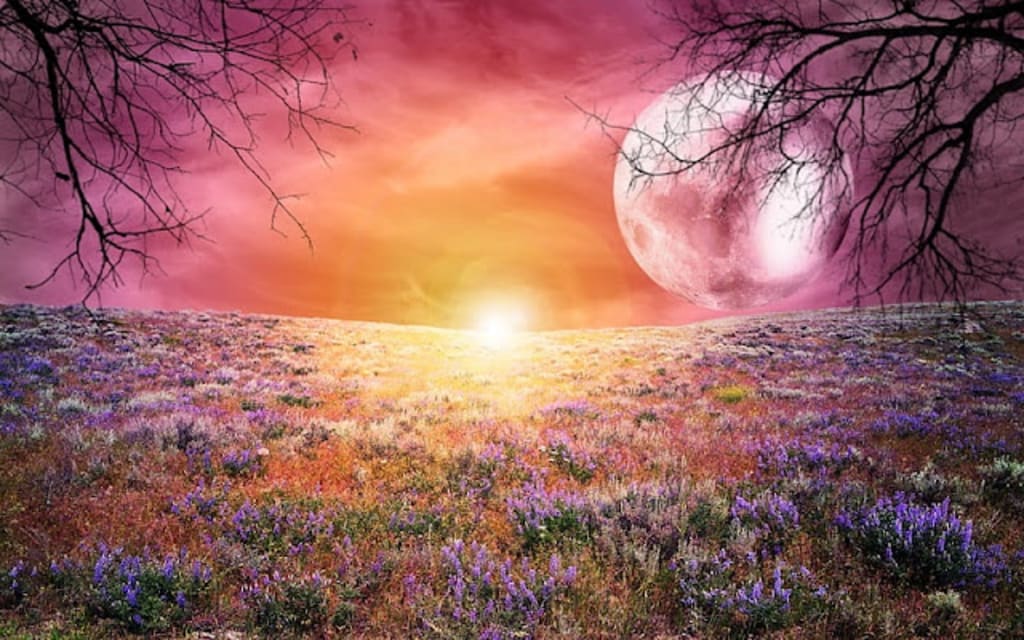Botanical Name: Lavandula Lavender Plant
Lavender is a popular flowering plant known for its fragrant purple flowers and calming properties. Here is some basic about lavende

Botanical Name: Lavandula spp.
Family: Lamiaceae
Native Range: Lavender is native to the Mediterranean region, including countries such as France, Spain, and Italy, but is also cultivated in many other parts of the world.
Common Varieties: There are over 45 different species of lavender, with the most commonly cultivated ones being Lavandula angustifolia (English lavender), Lavandula stoechas (Spanish lavender), and Lavandula x intermedia (Lavandin).
Appearance: Lavender plants are small evergreen shrubs with narrow, lance-shaped leaves that are usually gray or greenish-gray in color. The flowers are typically lavender, purple, or blue in color and grow in spikes on long stems.
Fragrance: Lavender flowers are known for their distinct and calming fragrance, which is often used in aromatherapy and perfumes.
Uses: Lavender has various uses, including culinary, medicinal, and ornamental purposes. The flowers and essential oil extracted from lavender are used in cooking, skincare products, perfumes, and as a natural remedy for sleep disorders, anxiety, and stress.
Growing Requirements: Lavender prefers well-drained soil and requires full sunlight. It is a drought-tolerant plant and is best grown in dry to moderately moist conditions. Lavender is commonly grown in gardens, as well as in pots or containers.
Care and Maintenance: Lavender plants require regular pruning to promote bushy growth and prevent legginess. They also need good air circulation and should be watered sparingly to avoid root rot. Lavender plants are generally low-maintenance, but may require protection from harsh winter conditions in colder climates.
Wildlife Benefits: Lavender flowers are attractive to bees, butterflies, and other pollinators, making them a beneficial addition to pollinator gardens.
Lavandula
(common name lavender) is a genus of 47 known species of flowering plants in the mint family, Lamiaceae. It is native to the Old World and is found from Cape Verde and the Canary Islands, Europe across to northern and eastern Africa, the Mediterranean, southwest Asia, China(Plectranthus mona lavender) to southeast India.
Lavender Plant
Many members of the genus are cultivated extensively in temperate climatesas ornamental
plants for garden and landscape use, for use as plants for garden and landscape use, for use as culinary herbsScientific classification
Kingdom:PlantaeClade:AngiospermsClade:EudicotsClade: AsteridsOrder: LamialesFamily:LamiaceaeSubfamily:NepetoideaeTribe:OcimeaeGenus:
Lavender (Lavandula angustifolia, officinalis, vera, spica) is a member of the Lamiaceae family – the family of mint, rosemary, sage and basil. Lavender is a perennial plant that can live up to 20 years, if the conditions are optimum. It is a beautiful aromatic shrub with average height of 2 feet (60 cm). It produces purple flowers, which contain high levels of essential oil. The essential oil of lavender is recognized globally as a respected commodity. It has several medicinal and other uses. It is of very low toxicity, while showing remarkable antiseptic and antimicrobial action. The flowers of lavender are very rich in nectar and attract bees and other pollinators. After being cut and dried, lavender flowers are used in the aromatic fragrance industry. Lavender plants are also grown as ornamental.
Mediterranean countries (Italy, France, Spain) have long tradition in growing lavender. Nowadays, countries such as USA, Canada, Japan Australia and New Zealand are also considerable commercial lavender producers.
Hamari Duniya Pak
About the Creator
Hamari Duniya Pak
Hamari Duniya Pak is a platform that brings you HealthTips,Beauty Tips, and interesting stories. Here you will find all the information that can help you in making your life healthy and happy.Follow me






Comments
There are no comments for this story
Be the first to respond and start the conversation.